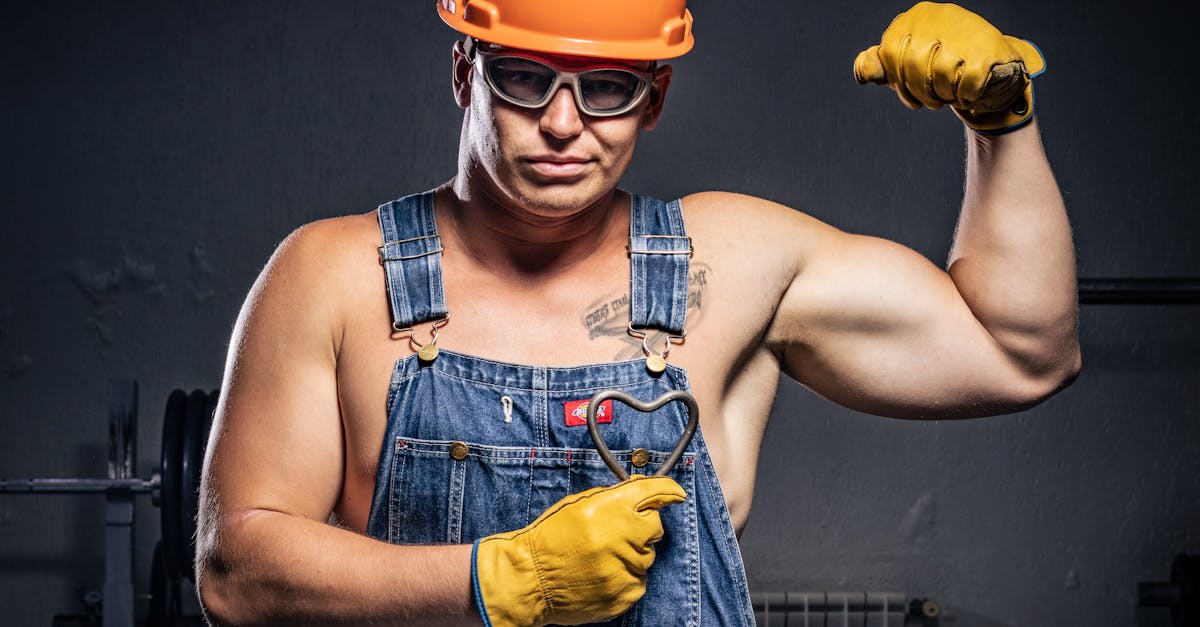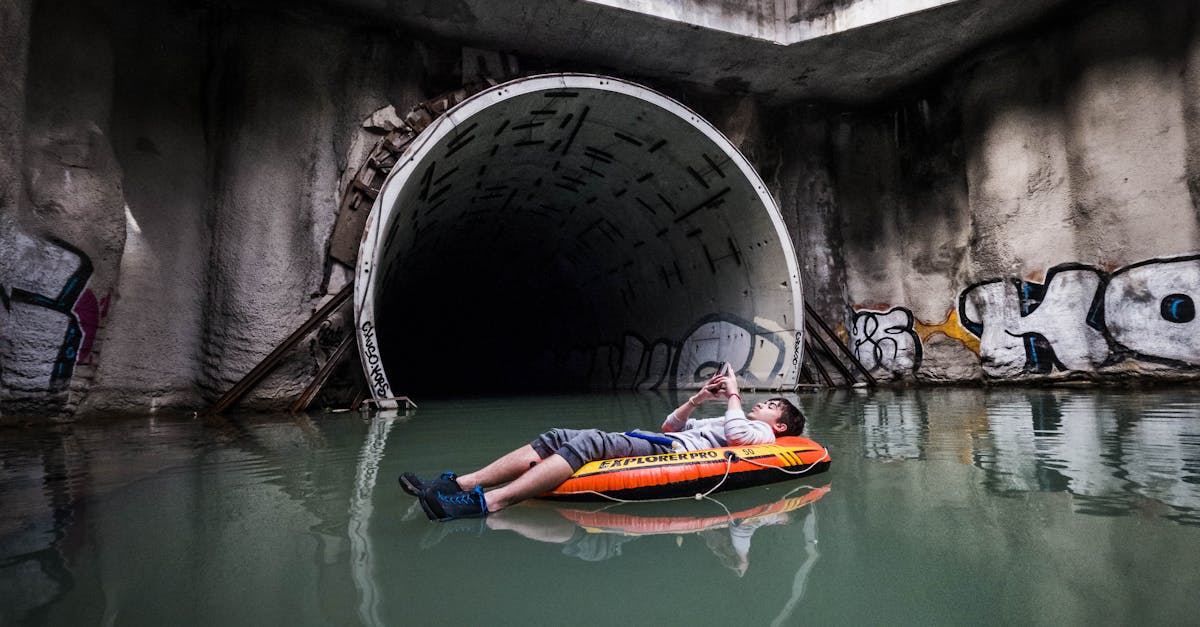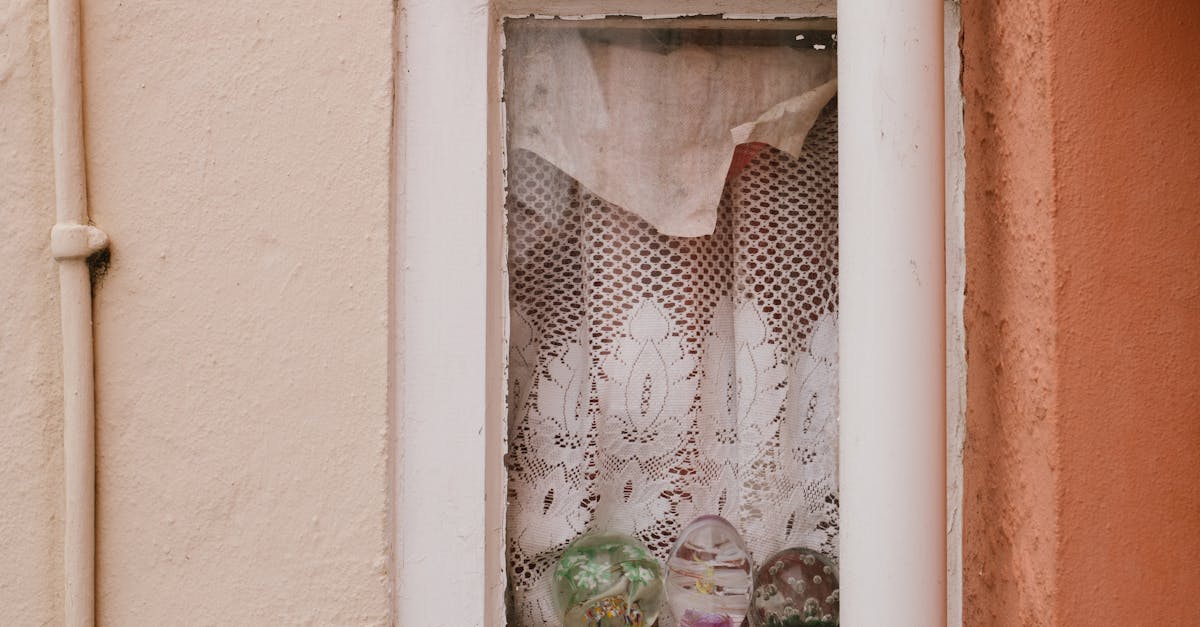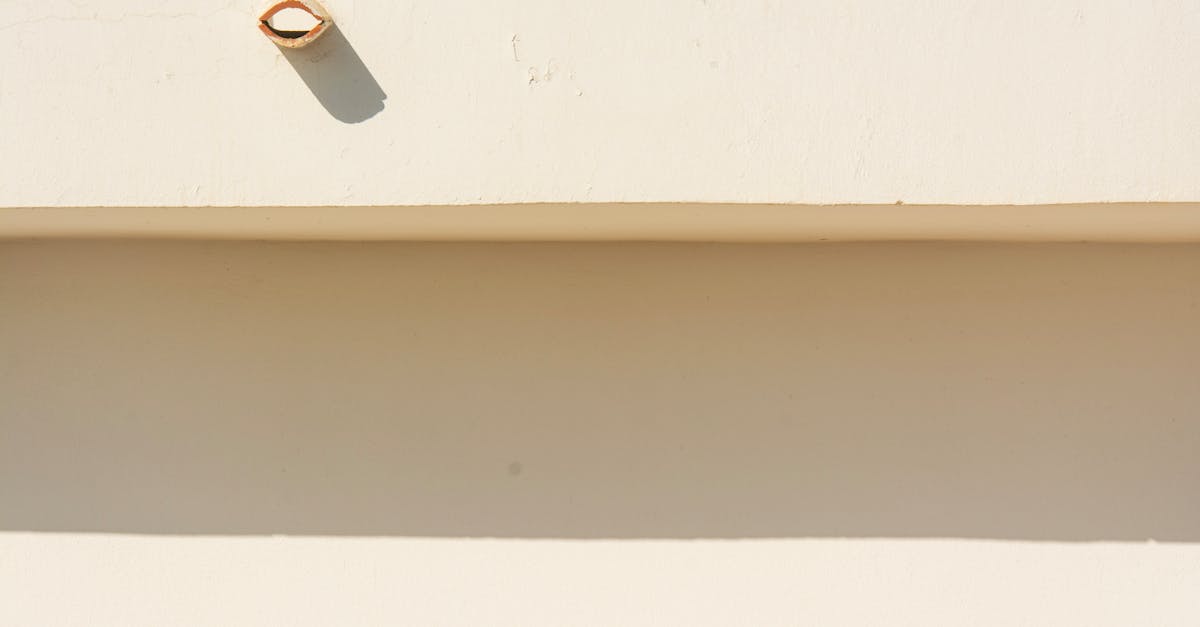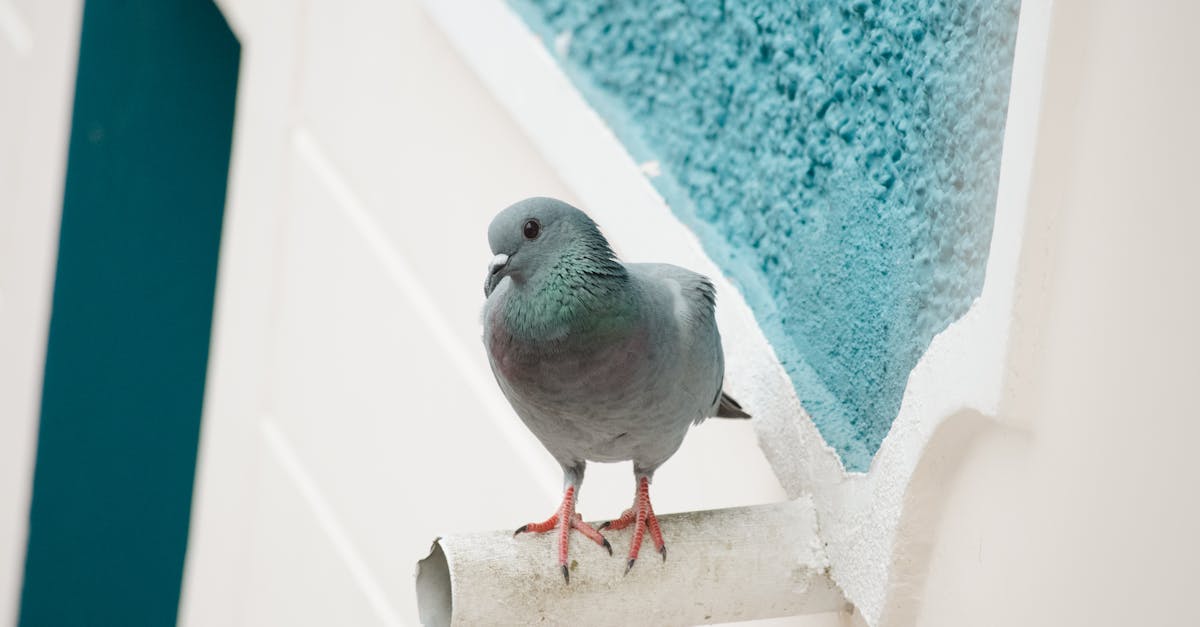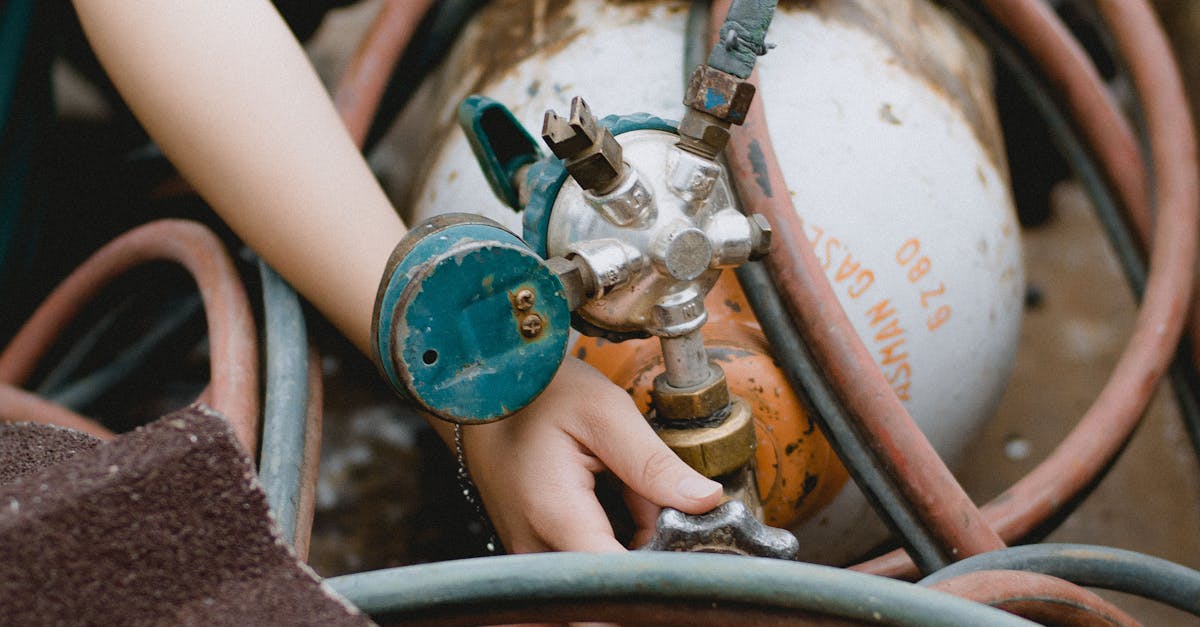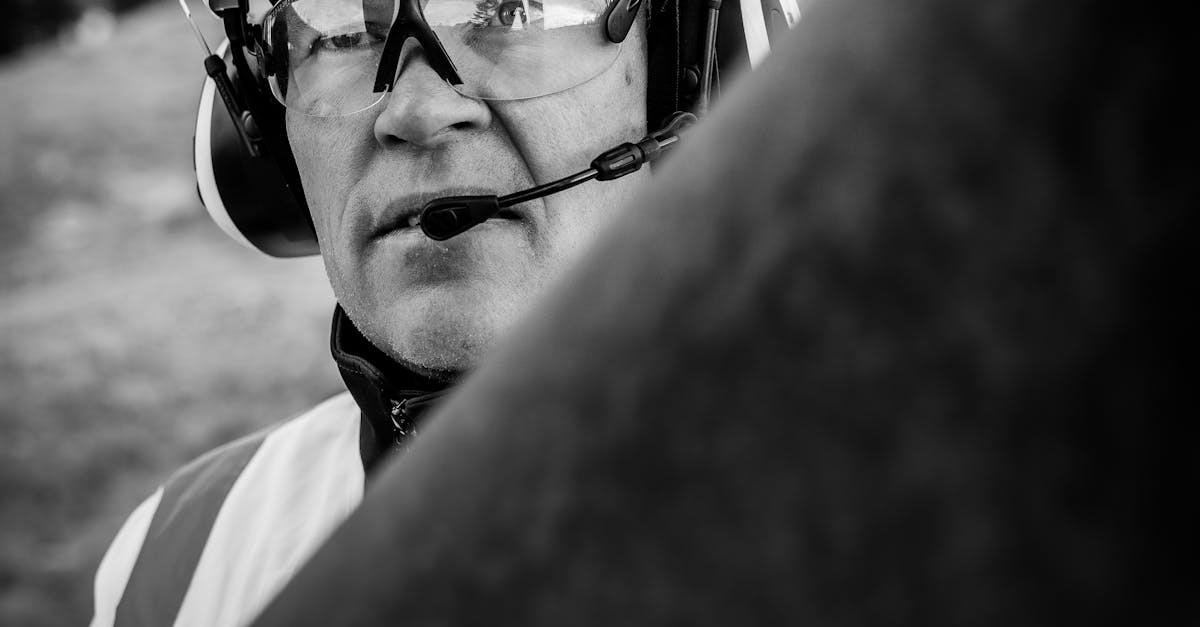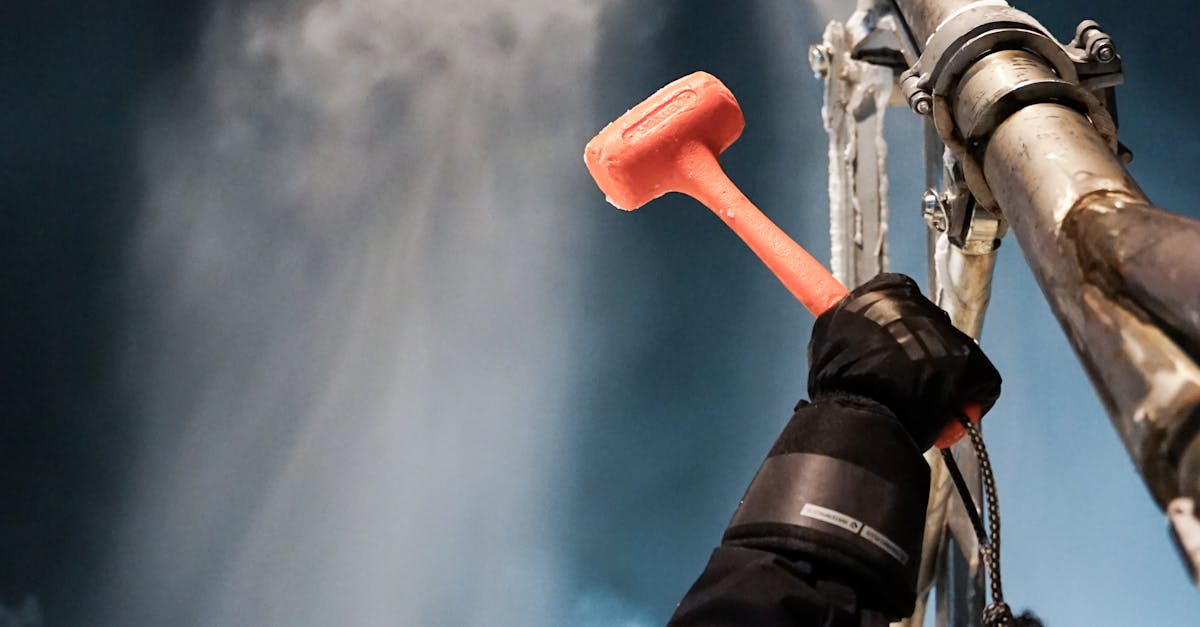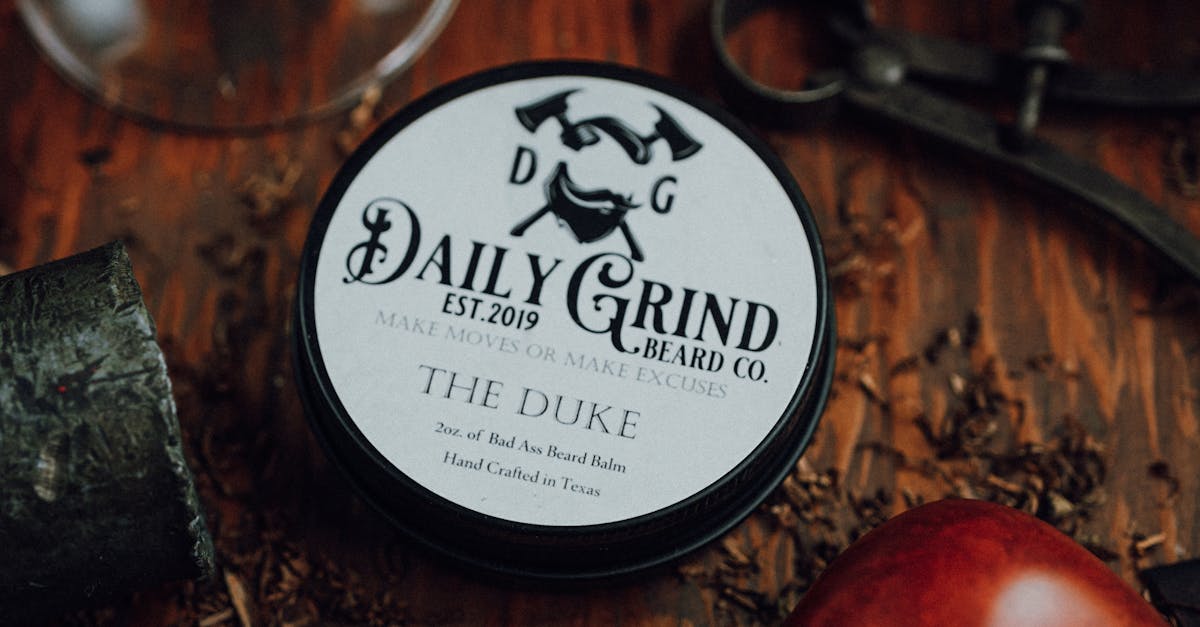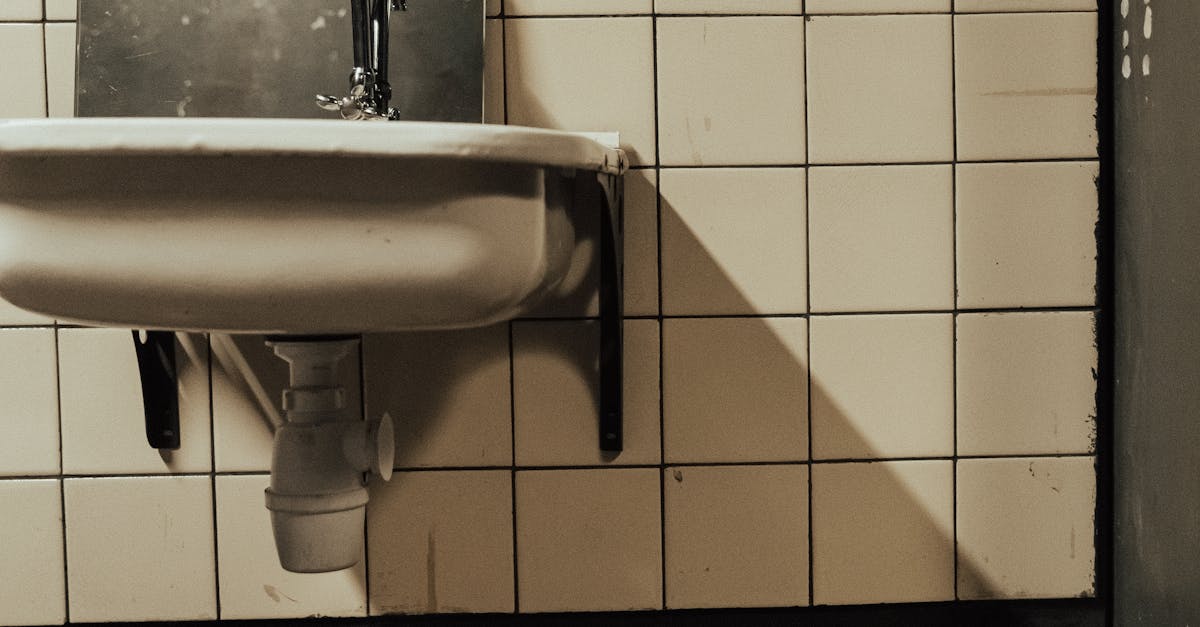
Table Of Contents
Comparison with Other Pipe Repair Methods
Epoxy pipe lining presents a compelling alternative when compared to traditional pipe repair methods such as excavation or replacement. Unlike these more invasive techniques, pipe relining offers a trenchless solution that minimises disruption to the surrounding landscape and infrastructure. This method involves inserting a resin-coated liner into the existing pipe, which hardens in place, creating a new pipe within the old one. This not only saves time but also significantly reduces the resources needed for a complete pipe replacement.
Other methods often come with higher costs due to the extensive labour and machinery required for digging and restoring surfaces. In contrast, pipe relining can be less expensive in the long run as it tends to require fewer materials and less time on-site. Additionally, the durability of the epoxy lining means it can effectively extend the lifespan of the pipes, making it a cost-effective solution over time.
How Does Epoxy Stack Up?
Epoxy pipe lining stands out among various pipe repair methods due to its unique benefits. Unlike traditional repair techniques that often involve excavation, epoxy pipe relining is a less invasive option, allowing for repairs to be carried out with minimal disruption to the surrounding environment. This method can effectively restore the structural integrity of pipes, sealing leaks and preventing future corrosion.
Another advantage of epoxy pipe lining is its durability. When properly installed, epoxy liners can extend the lifespan of existing pipes significantly, often lasting for decades. The seamless nature of the lining helps reduce the accumulation of debris and prevents the growth of roots, which are common issues in older pipe systems. These qualities make epoxy relining a practical solution for homeowners looking to invest in long-term plumbing repairs.
Cost Implications of Epoxy Pipe Lining
The cost of epoxy pipe lining is an important consideration for homeowners and businesses evaluating their plumbing repair options. Typically, the initial expenses can be higher than traditional pipe repair methods. However, when factoring in the longevity and durability of epoxy, many find it a worthwhile investment. Pipe relining requires less excavation and disruption compared to complete pipe replacement, often leading to reduced labour and restoration costs.
Additionally, the overall price of pipe relining can vary based on several factors. The condition of the existing pipes influences the amount of preparation needed before relining can occur. The length and diameter of the pipes also play a significant role in determining cost. While the upfront costs may be significant, the long-term savings from preventing further repairs and maintaining a reliable plumbing system can make epoxy pipe lining an economically wise choice.
Factors Affecting the Overall Price
The overall price of epoxy pipe lining can vary based on several key factors. The complexity of the job plays a crucial role; longer or more intricate pipelines may require additional materials and labour. Furthermore, the condition of existing pipes will determine whether any preliminary repairs are needed, impacting the final cost.
Location and accessibility also influence pricing significantly. Areas that are difficult to access may require specialised equipment or additional manpower, raising the overall price. Lastly, fluctuations in material costs can affect the total expense of pipe relining, as prices for epoxy resins and other necessary components can change based on market conditions.
Environmental Impact of Epoxy Pipe Lining
Epoxy pipe lining has gained attention as a more environmentally friendly alternative to traditional pipe replacement methods. This technique significantly reduces the amount of waste generated, as it often requires no excavation. By preserving existing infrastructure, it minimises the disturbance to surrounding ecosystems and eliminates the need for new materials, which contributes to a lower carbon footprint.
While the epoxy resins used in pipe relining do have chemical components, many products on the market are formulated to limit harmful emissions. The installation process is generally efficient, reducing the time and energy needed compared to complete pipe replacement. This efficiency, combined with lower waste production, positions epoxy pipe lining as a more sustainable option for addressing pipe issues in urban environments.
Sustainability Considerations
Epoxy pipe lining presents a sustainable option for repairing damaged pipes while minimising environmental impact. The process involves applying a resin that hardens to form a new pipe within the existing one. This approach eliminates the need for extensive excavation, reducing soil disruption and conserving existing landscapes. Additionally, the durability of epoxy lining contributes to its sustainability. By extending the life of pipes, less frequently replacing them leads to lower overall resource consumption.
Another sustainability advantage of epoxy pipe relining is its potential to prevent leaks and reduce water loss. Traditional pipe repair methods often result in inefficiencies, leading to significant water wastage. By providing a long-lasting solution, epoxy lining helps conserve this vital resource. Moreover, the materials used in this method are often non-toxic, which reduces the risk of harmful environmental contamination. The adoption of pipe relining reflects a growing awareness of the importance of eco-friendly practices in infrastructure maintenance.
FAQS
How long can I expect epoxy pipe lining to last?
Epoxy pipe lining can typically last between 10 to 50 years, depending on factors such as the condition of the original pipes and the environment they are in.
What factors can affect the lifespan of epoxy pipe lining?
Several factors can influence the lifespan of epoxy pipe lining, including the quality of the installation, the type of epoxy used, environmental conditions, and the level of maintenance performed on the pipes.
Is epoxy pipe lining a permanent solution?
While epoxy pipe lining provides a long-lasting repair option, it is not considered a permanent solution. Regular inspections and maintenance are recommended to ensure its longevity.
Can epoxy pipe lining be applied to any type of pipe?
Epoxy pipe lining can be applied to various types of pipes, including PVC, cast iron, clay, and steel. However, the suitability of the method depends on the specific condition of the pipes involved.
How does epoxy pipe lining compare to other repair methods in terms of lifespan?
Generally, epoxy pipe lining tends to provide a longer lifespan compared to traditional methods such as pipe bursting or trenching, which may require more frequent repairs or replacements.
